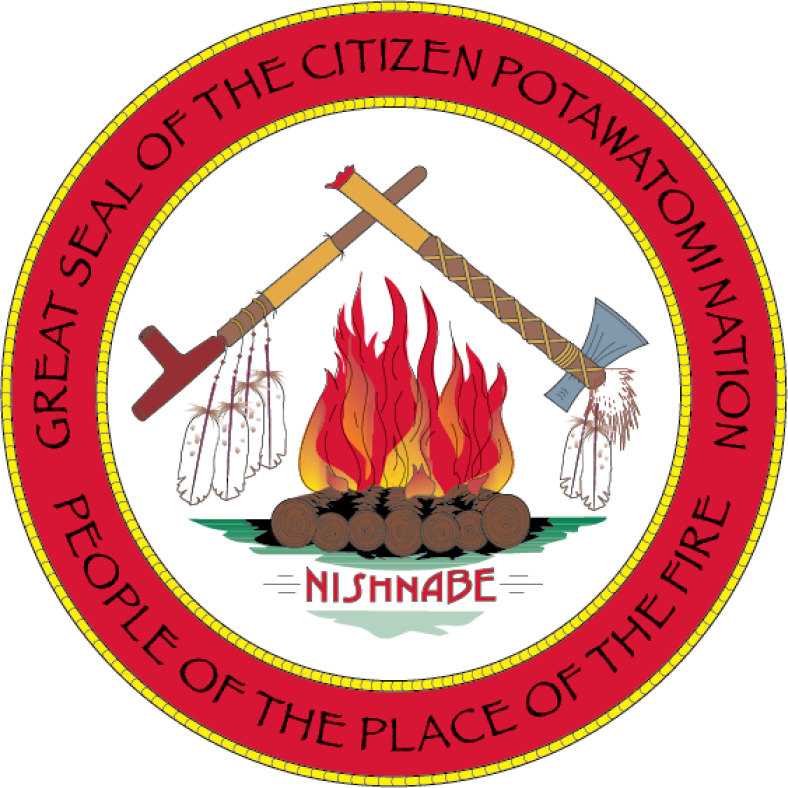In late summer 1838 near Twin Lakes, Indiana, U.S. General John Tipton called a meeting with the Potawatomi around Chief Menominee’s village. Menominee refused to give up what remained of his people’s land. However, the federal government claimed ownership due to prior treaties and documents signed by him and other Potawatomi representatives. Militia placed Menominee Read More »
Excerpt from George Winter’s journal regarding Mis qua buck [Red Iron]. “Mus-qua-buck…. whom I had sketched unconsciously to him at the time while sitting on a stump of a tree watching some young Indians playing some game. He was completely disencumbered of all those gaudy trappings which the Indians [sic] who are immediate neighbors of Read More »
An excerpt from George Winter’s journal regarding Pash Po Ho. Winter was a participant and chronicler of the Potawatomi Trail of Death. “Pash Po Ho was an aboriginal gentleman-he was considered the best dressed Pottawattamie Indian in the nation, and was exceedingly graceful when mounted upon his handsomely equipped pony. “The heavy plated bit-handsome bridle-the Read More »
Illustrating collaborative efforts between the Cultural Heritage Center and Indiana University is the 1837 painting of the Council of Keewaunay between Indiana Potawatomi and U.S. emigration agents. University staff at the Glenn A. Black Laboratory of Archaeology photographed the paining and provided a digital copy to the Archive and Research division for exhibition and research Read More »
Just one week ago marked 177 years since the the 1838 Potawatomi Trail of Death, which forced the ancestors of today’s Citizen Potawatomi Nation from their homelands in the Great Lakes Region to a reservation in Kansas. CPN has several resources available to learn about the Trail of Death, including a daily journal kept by Read More »
Each year, in the first week of September, my newsfeed and inbox fills with stories and press releases about the Potawatomi Trail of Death. The articles usually consist of a brief synopsis of the turmoil that preceded the removal of the Potawatomi from northern Indiana and the most basic information about the removal itself such Read More »
Saturday, 10 Nov. 1838 Diary of William Polke “The settlements with the teamsters and officers were concluded today.Tomorrow we set out for home every thing having resulted as well and as happily as could have been anticipated by the most sanguine.” “I believe the foregoing journal to be correct in every thing pertaining to distances, Read More »
Wednesday, 7 Nov. 1838 Diary of William Polke “Travelled from Bulltown encampment to McLean’s Grove, a distance of twenty five miles. It had snowed the night previous and continued most of the day, which was very windy and excessively cold. But a small number of the teams kept in company—most of them selecting their own Read More »
Monday, 5 Nov. 1838 Diary of William Polke “The day was consumed in making settlements with the officers. During the afternoon a considerable number of the Indians assembled at headquarters and expressed a desire to be heard in a speech.” “Pe-pish-kay rose and in substance said – ‘That they had now arrived at their journey’s end—that Read More »
Saturday, 3 Nov. 1838 Diary of William Polke “At an early hour we left our encampment at Oak Grove, and travelled until two o’clock when we reached a settlement of Wea Indians on Bull creek, and camped adjoining Bulltown.” “Our journey was pleasant, and was marked by the anxiety of the Indians to push forward Read More »
